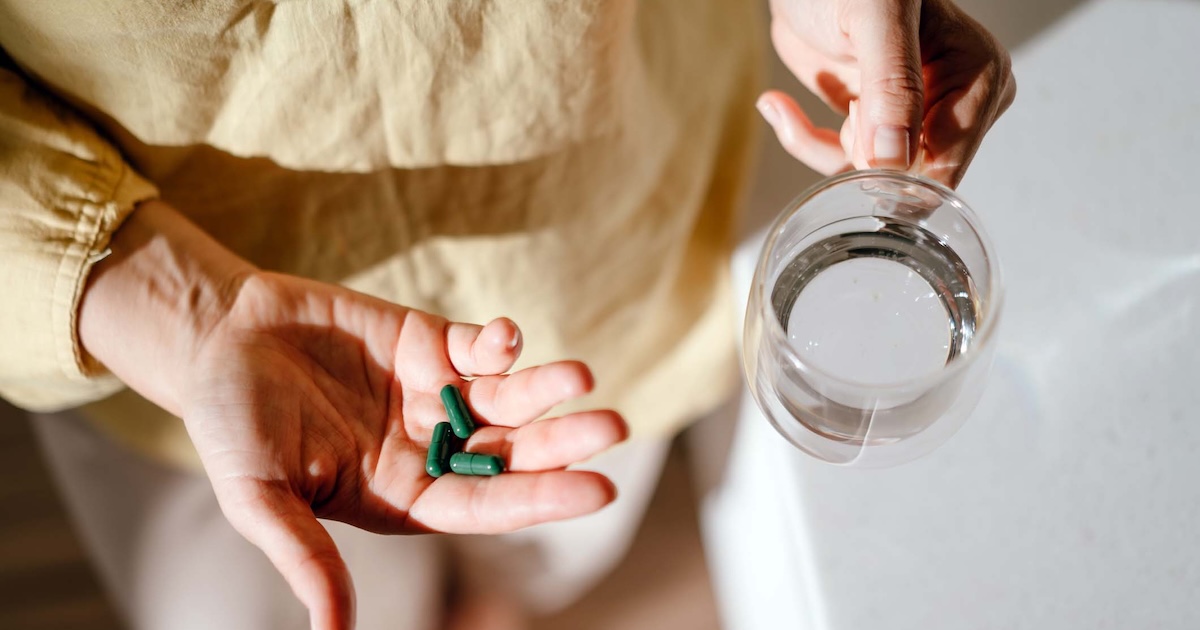 The first presentation at MobiHealthNews Presents: Everywhere Healthcare event last week was a spirited talk given by Mohr Davidow Venture General Partner Michael Goldberg. Goldberg led MDV's investment in wireless health company Corventis and is actively seeking out other wireless health startups with a clinical focus. (Re-read our interview with Goldberg from last year for more on his team's investment predilections.)
The first presentation at MobiHealthNews Presents: Everywhere Healthcare event last week was a spirited talk given by Mohr Davidow Venture General Partner Michael Goldberg. Goldberg led MDV's investment in wireless health company Corventis and is actively seeking out other wireless health startups with a clinical focus. (Re-read our interview with Goldberg from last year for more on his team's investment predilections.)
During his presentation Goldberg explained why MDV is interested in wireless health investments, how wireless health fits into the wider personalized medicine trend and which of the big trends are driving investor interest in healthcare today. Goldberg concluded by sharing more about Corventis and its go-to-market strategy.
Continue reading for highlights from Goldberg's presentation at MobiHealthNews' Everywhere Healthcare event last week, including some of the more informative and illustrative slides.
Mohr Davidow Ventures and Personalized Medicine

At Mohr Davidow Ventures, we really get excited at the churn that occurs at the convergence of intersecting disciplines. One of those is certainly personalized medicine. Personalized medicine uses quantitative measures to deliver right treatment to right patient at right time in the course of their illness. Most of MDV's investments are in enabling platforms or in theemerging field of genetics/genomics conveging with diagnostics.
The Path to Personalized Medicine

The path to personalized medicine is complicated but sticking to the baseline: There are four steps, to measure, predict, preempt and manage. MDV invests in companies across that continuum, including various technology platforms. Along that continuum there is still a large unmet need.
The Big Trends in Healthcare Remain Positive for Opportunity

The big trends in healthcare point to opportunity. The trends include deteriorating lifestyles, an aging population, consumer driven healthcare, globalization of the entire value chain, the worsening economics of drug discovery, and the unstable economics of healthcare delivery. For people in my field, that creates enormous opportunity.
The Market Growth and Drivers for Wireless Health

We see the wireless health market as being increasingly large and important investment area for us. Bottomline: This is a multi-tens of billion dollar opportunity globally and a multi-million dollar immediately in the United States.
Comparing Corventis NUVANT Mobile Cardiac Telemetry to others

The wireless adhesive patch on the right is made by Corventis, the first wireless health company that MDV has invested in to date. The Corventis product is actually in the market now. It is a wearable, multi-day (you wear it for a week) patch with a radio on it that communicates with a base station and measures everything from simple vital signs to much more sophisticated things like fluid accumulation in the pulmonary cavity, which is associated with congestive heart failure. Corventis is less cumbersome than older technology's like CardioNet (pictures on the left) because Corventis has no leads or wires and does not need battery replacement.
The Various Sensors Corventis PiiX Supports

The variety of sensors that we can put on the Corventis Piix device range from ECG measurements -- heart rate variability, body fluid status, respiratory rate, activity, posture and body temperature. Essentially, we can productize this patch based on a variety of sensor configurations to address various clinical needs. Those include heart problems and sleep medicine as well as some others that we have not yet disclosed.
The Clinical Need for Corventis Avivo

Corventis' Avivo offering marks a significant advance in terms of patient convenience and compliance. We are about to launch the Avivo patient management system for congestive heart failure. The number one cause for readmission post discharge is fluid accumulation in the chest because the pumping system in the heart isn't strong enough to get the fluid out of the system.
Silicon Valley heard about this and decided that it sounded likes a problem it should solve. DARPA actually paid some of these people to figure out the problem of dehydration for soldiers in the field -- and they decided if they could measure dehydration with a wearable sensor platform, why not measure hydration problems, too? Fluid accumulation is in essence a hydration problem. We are essentially replacing the weight scale which is a systemic measure of weight change. By the time you have enough weight increase that it can be picked up via the sensitivity of the weight scale, you typically need to go right to the hospital. With this system, we can detect fluid accumulation locally, rather than systemically. What we are able to do is detect 14 days prior to when symptoms are generally detected, we can enable a physician to order oral diuretics to prevent rehospitalization, which is an enormous cost saver for the system.
Here's Goldberg's full presentation (PDF)


